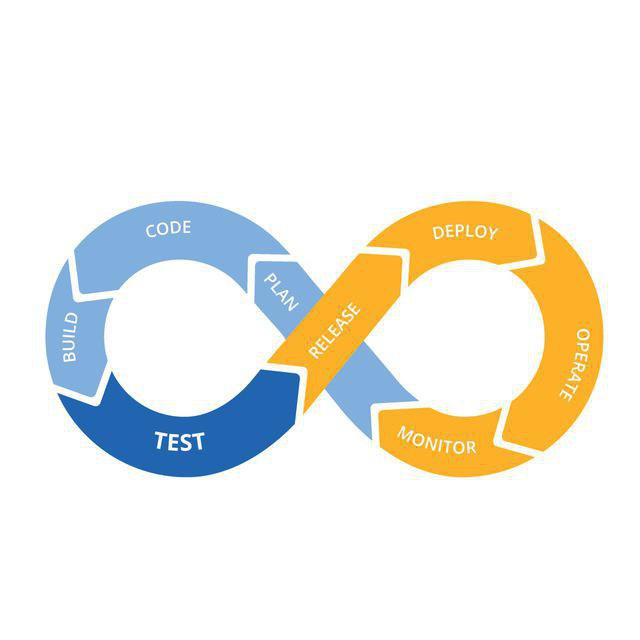b
Size: a a a
2020 March 28
AC
нет такой диспозиции. не надо в браузере делать то, что там не надо делать. митинги создавать, трехмерным моделированием заниматься. есть клиенты, пользуйтесь ими
AC
нет клиентов - не пользуйтесь. нафиг себе сложности придумывать на ровном месте - неясно
b
нет такой диспозиции. не надо в браузере делать то, что там не надо делать. митинги создавать, трехмерным моделированием заниматься. есть клиенты, пользуйтесь ими
что значит не надо, если вендор это поддерживает. Может, мне и в банк пешком пойти, потому что там тетенька в отделении сидит ждет?
AC
ну ты же говоришь - не работает оно у тебя )
AC
тут - работает, а тут - нет
AC
или тут сегодня работает, а завтра нет, потому что вендор порешал
b
ну ты же говоришь - не работает оно у тебя )
поинт в том, что хром захватил веб, а в других браузерах не работает уже
AC
ну печально, да. жить вообще больно.
BG
чё за сафари?
Основной браузер на macos/ios?)
VS
> Some of these can be solved, by either moving QUIC into the kernel, or by using a DPDK-like userspace networking solution. However, the lack of TSO/LRO even by itself is a killer for performance.
Ну и там все описано почему.
Ну и там все описано почему.
только не учтено то, что GRO/GSO - не-tcp specific
p
только не учтено то, что GRO/GSO - не-tcp specific
Угу
p
Having written the FreeBSD kernel TLS, I can assure you that there is no copy. Data is brought into the kernel via DMA from storage into a page in the VM page cache. When the IO is done, it is then encrypted into an connection-private page. That page is then sent and DMA'ed on the network adapter. So we have in the kernel tls case:
- memory DMA to kernel mem from storage.
- memory READ from kernel mem to read plaintext for crypto
- memory write to another chunk of kernel mem to write encrypted data
- memory DMA from kernel mem to NIC
In the case where the NIC supports inline TLS offload, the middle 2 steps are skipped, and it devolves to essentially the unencrypted case.
For QUIC you have:
- memory DMA to kernel mem from storage
- memory read from kernel mem via mmap
- memory write to userspace mem to write encrypted data
- memory read from userspace mem to copy to kernel
- memory write to kernel mem
- memory DMA from kernel mem to NIC
So you go from 3 "copies" to 4 "copies", which increases memory bandwidth demands by 33%.
Right now, we can just barely serve 100g from a Xeon-D because Intel limited the memory bandwidth to DDR4-2400. At an effective bandwidth limit of 60GB/sec, that's on the edge of being able to handle the kernel TLS data path. So even if everything else about QUIC was free, this extra memory copy from userspace would cut bandwidth by a third.
- memory DMA to kernel mem from storage.
- memory READ from kernel mem to read plaintext for crypto
- memory write to another chunk of kernel mem to write encrypted data
- memory DMA from kernel mem to NIC
In the case where the NIC supports inline TLS offload, the middle 2 steps are skipped, and it devolves to essentially the unencrypted case.
For QUIC you have:
- memory DMA to kernel mem from storage
- memory read from kernel mem via mmap
- memory write to userspace mem to write encrypted data
- memory read from userspace mem to copy to kernel
- memory write to kernel mem
- memory DMA from kernel mem to NIC
So you go from 3 "copies" to 4 "copies", which increases memory bandwidth demands by 33%.
Right now, we can just barely serve 100g from a Xeon-D because Intel limited the memory bandwidth to DDR4-2400. At an effective bandwidth limit of 60GB/sec, that's on the edge of being able to handle the kernel TLS data path. So even if everything else about QUIC was free, this extra memory copy from userspace would cut bandwidth by a third.
Только в freebsd нет in kernel tls ;)
VS
Только в freebsd нет in kernel tls ;)
я кстати не понимаю в чем проблема (потенциально как минимум) использовать in-kernel TLS для UDP :)
p
я кстати не понимаю в чем проблема (потенциально как минимум) использовать in-kernel TLS для UDP :)
quic сложный же
AC
Только в freebsd нет in kernel tls ;)
да? я не спец в фре, совершенно, но вот что гуглится: https://papers.freebsd.org/2019/eurobsdcon/shwartsman-gallatin-kernel_tls_and_tls_hardware_offload/
и судя по всему, drew gallatin и есть автор комментариев на хакерньюс
и судя по всему, drew gallatin и есть автор комментариев на хакерньюс
p
да? я не спец в фре, совершенно, но вот что гуглится: https://papers.freebsd.org/2019/eurobsdcon/shwartsman-gallatin-kernel_tls_and_tls_hardware_offload/
и судя по всему, drew gallatin и есть автор комментариев на хакерньюс
и судя по всему, drew gallatin и есть автор комментариев на хакерньюс
Он скорее всего из Netflix, который просто скупил большую часть core team и имеет собственный форк



